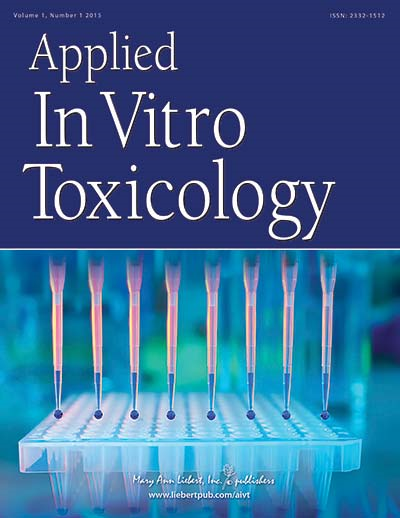Evaluating New Liver Models and Platforms for In Vitro Research
Guest Editors:
Jessica A. Bonzo, PhD, FDA
Rafal P. Witek, PhD, Thermo Fisher Scientific
The liver is the body’s primary means for detoxifying drugs and chemicals. All drugs or chemicals that enter our bodies via the oral route will end up in the liver before ever reaching systemic circulation. It is therefore not surprising that liver toxicity is still a major concern in the pharmaceutical, chemical, and cosmetic industries. Drugs that are metabolized to reactive intermediates, direct toxicity, and disruption of bile acid homeostasis are all potential pathways for liver toxicity. High dose acute exposure versus low dose repeated chronic exposure, inter-individual sensitivities, immune system involvement, all must be evaluated in chemical and pharmaceutical risk assessment models. In the last 10 years we have seen HepaRG cells, Human primary hepatocytes in sandwich culture, patterned culture, co-culture, 3D livers, organ on a chip, and multiple organ culture systems. Most developers of these new systems provide the standard CYP induction data, albumin release, and glucose metabolism, but we still do not have a clear sense of what makes an in vitro liver model a good surrogate for the liver in vivo.
As Editor-in-Chief of Applied In Vitro Toxicology, I hear many scientists asking: There are so many new tissue, cell, and platforms for liver! Do they work? What new questions can they answer? What are the best biomarkers for liver toxicity? How do I know my observed effect is liver-specific or simply a general cytotoxicity? How do I choose the best model to answer my questions? It is true that innovators around the world are constantly introducing new liver cell and tissue models. There are 2D models, 3D models, co-cultures, and even new liver platforms. We hear about 3D printing, and bioreactors. It is simply not possible for one laboratory to evaluate all new models. In order to begin to address this important dilemma, a first step is to rely on quality scientific manuscripts and reviews to pull all of this information together and make it available to our colleagues globally.
I am working with our Guest Editors and thought leaders in the field of in vitro liver research to bring together original manuscripts and mini reviews that will be arranged in a way that will enable scientists to compare the advantages and limitations to each model. The articles will focus on answering questions like, “What makes a liver a liver? Do we get different answers with different models, and why? And when should I choose model A over model B?” The idea is to bring all this information into a special issue of AIVT that can be used by all to understand their options in the world of in vitro liver models.
Please submit your papers online to our web-based manuscript submission and peer-review system here.
